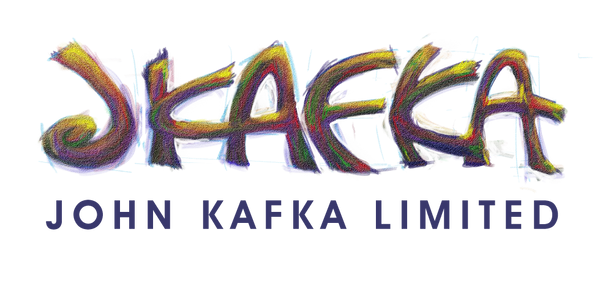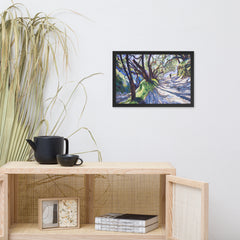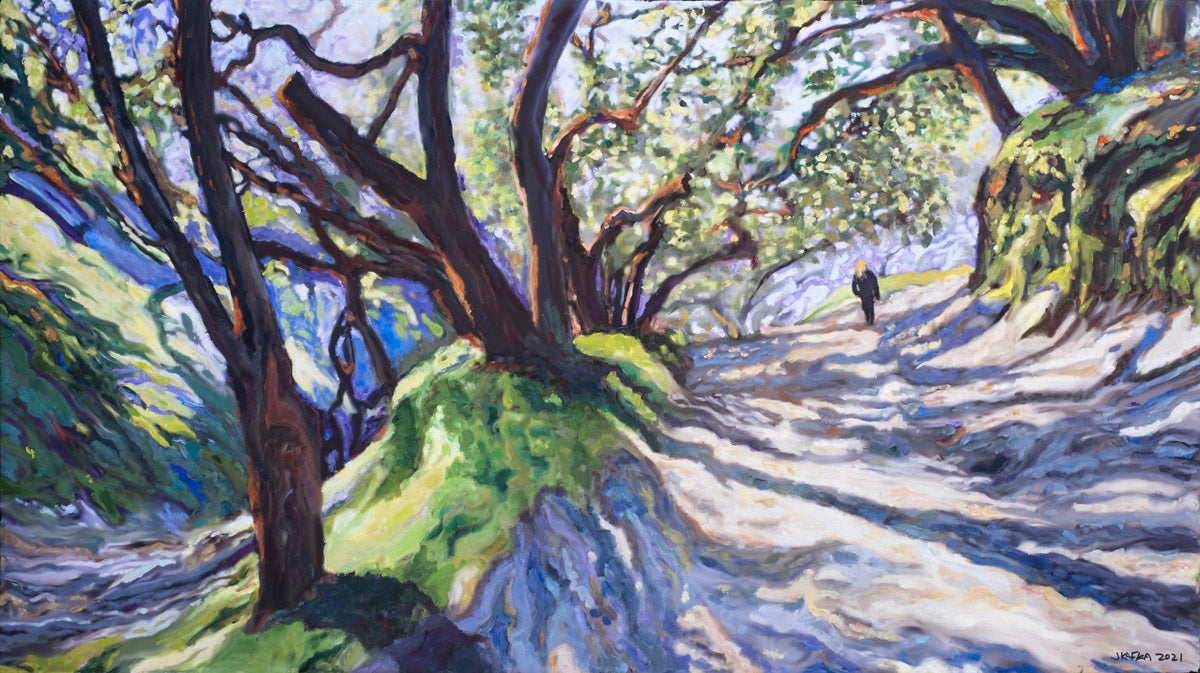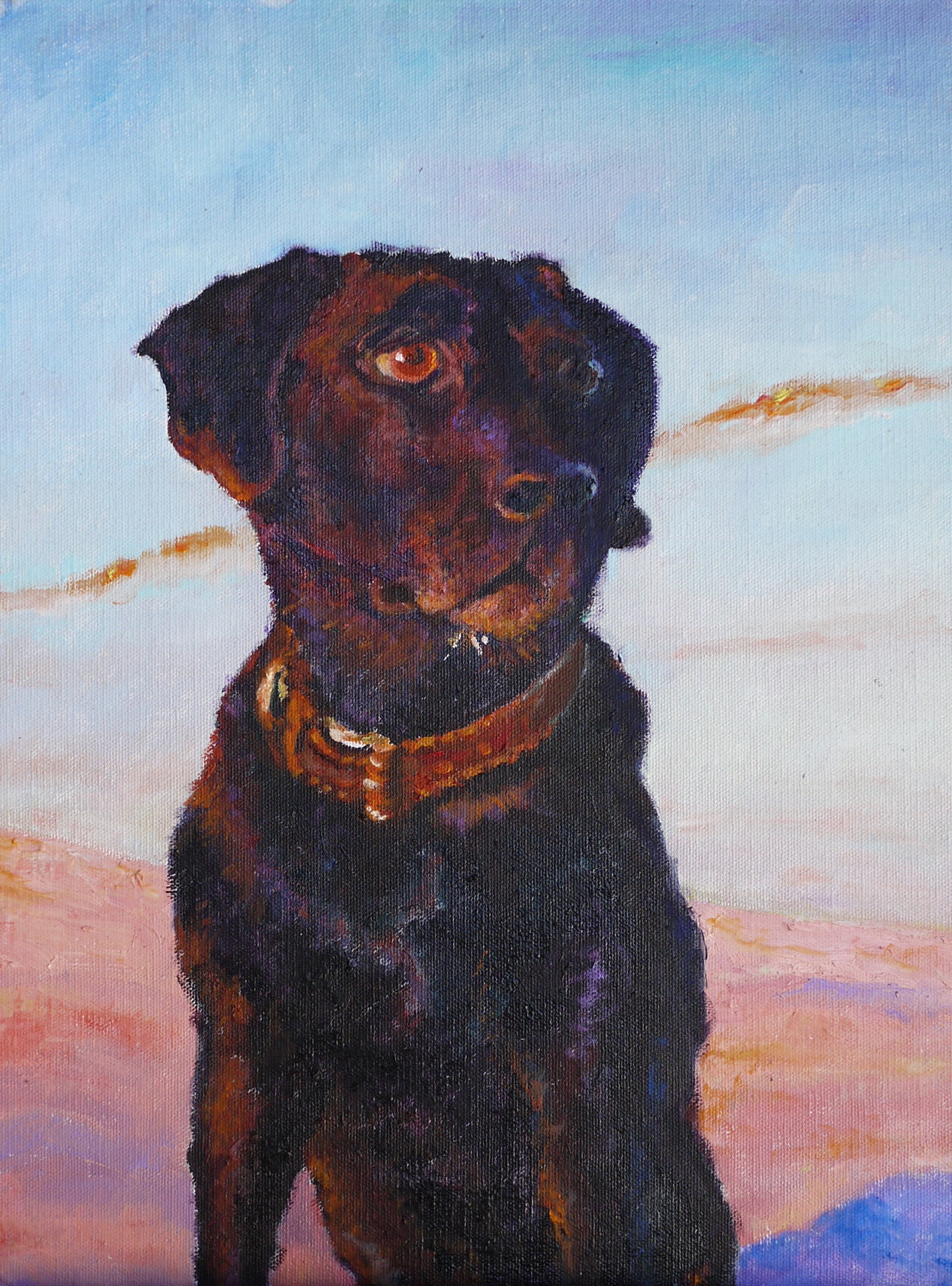Art is a universal language that transcends boundaries, cultures, and time. Throughout history, it has played a pivotal role in shaping societies and cultures, reflecting the human experience, a catalyst for change, and a source of inspiration. In this exploration of the power of art, we will delve into its profound influence on society and culture, uncovering the ways in which it has impacted and transformed the world.
The Language of Emotion
Art has an unparalleled ability to convey emotions and thoughts that words alone cannot express. It serves as a vehicle for artists to communicate their innermost feelings, experiences, and perspectives. When we engage with a piece of art, whether it be a painting, sculpture, music composition, or any other form, we are invited into the artist's world, gaining insight into their unique perspective on life.
Consider the works of Vincent van Gogh, whose paintings like "At Eternity's Gate" and "The Starry Night" are imbued with his intense emotional struggles. Through his use of swirling brushstrokes and vibrant colors, he conveyed the turbulence of his mind, allowing viewers to connect with his pain and beauty simultaneously. Van Gogh's art, like that of many other artists, serves as a mirror to our own emotions and experiences, creating a sense of shared humanity.
Challenging the Status Quo
Art has often been at the forefront of challenging societal norms and advocating for change. It has the power to be provocative and thought-provoking, pushing the boundaries of what is acceptable or conventional. Artists throughout history have used their work as a means to challenge oppressive systems, advocate for marginalized communities, and ignite conversations about critical issues.
One of the most iconic examples of art challenging the status quo is Pablo Picasso's "Guernica." Painted in response to the bombing of the Basque town of Guernica during the Spanish Civil War, the painting serves as a harrowing indictment of war's brutality. Picasso's distorted figures and chaotic composition capture the horror and suffering caused by conflict, galvanizing public opinion against violence.
Similarly, during the civil rights movement in the United States, artists like Romare Bearden, Jacob Lawrence, and Gordon Parks used their talents to shed light on racial injustice and discrimination. Their paintings, collages, and photographs told powerful stories of resilience, resistance, and the fight for equality, amplifying the voices of marginalized communities.
Cultural Identity and Heritage
Art plays a crucial role in preserving and celebrating cultural identity and heritage. It serves as a bridge between generations, allowing traditions, stories, and customs to be passed down through the ages. In this way, art not only reflects culture but also helps to define it.
Indigenous art, for example, is deeply intertwined with the cultural identity of indigenous communities worldwide. Through intricate beadwork, pottery, and storytelling, indigenous artists convey their connection to the land, their spirituality, and their history. These artworks are not only aesthetically stunning but also carry profound cultural significance, reminding both indigenous and non-indigenous people of the richness of indigenous heritage.
Likewise, classical music and dance are integral to the cultural fabric of countries like India. The intricate rhythms and melodies of traditional Indian music, paired with the graceful movements of classical dance forms like Bharatanatyam and Kathak, are a testament to the country's rich history and cultural diversity. They serve as a source of pride and a means of cultural preservation.
Fostering Empathy and Understanding
Art has the unique ability to foster empathy and understanding by allowing us to step into the shoes of others and see the world from their perspective. It can break down barriers and prejudices by humanizing those who may seem different from us.
Photography is a particularly powerful medium for this purpose. Photojournalists like Dorothea Lange, who documented the Great Depression, and Steve McCurry, known for his iconic photograph "Afghan Girl," have captured the raw human experiences of people from diverse backgrounds. These images have the power to evoke empathy in viewers, bridging the gap between worlds and reminding us of our shared humanity.
In addition to photography, literature, theater, and film have also been instrumental in promoting empathy and understanding. Through storytelling, they allow us to inhabit the lives of characters from various walks of life, challenging our preconceptions and expanding our capacity for compassion.
Inspiration and Innovation
Art is a wellspring of inspiration, driving innovation and creativity in every corner of society. It has the power to spark new ideas, challenge conventional thinking, and propel us toward progress.
The Renaissance period, for example, witnessed an explosion of artistic and intellectual creativity. Visionaries like Leonardo da Vinci, Michelangelo, and Raphael not only created breathtaking works of art but also made groundbreaking discoveries in science and engineering. Their interdisciplinary approach to creativity laid the foundation for many of the scientific advancements that followed.
In the realm of design, the influence of art is evident in the products we use every day. Industrial designers draw inspiration from aesthetics and form, creating functional objects that also delight the senses. The sleek lines of a smartphone or the elegant curves of a sports car are a testament to the marriage of art and technology.
Art as a Catalyst for Social Change
Throughout history, art has played a pivotal role in galvanizing social change and mobilizing communities. From posters and protest songs during the civil rights movement to street art in response to contemporary social and political issues, artists have used their talents to amplify voices and drive action.
Banksy, an anonymous street artist known for his politically charged and thought-provoking works, has become a global icon for art as activism. His pieces challenge authority, inequality, and injustice, often appearing in public spaces where they can't be ignored. Banksy's art serves as a call to action, inspiring viewers to engage with important social issues and advocate for change.
The AIDS Memorial Quilt is another poignant example of art's role in activism. In the 1980s and 1990s, as the AIDS crisis unfolded, the quilt became a powerful symbol of remembrance and advocacy. Each panel of the quilt represents a life lost to AIDS, and the sheer scale of the project drew attention to the devastating impact of the epidemic. The quilt not only honored the memory of those who had passed but also called for greater awareness, research, and support.
The Transformative Power of Art Education
Art education is a vital component of nurturing creativity and critical thinking in individuals of all ages. It provides a platform for self-expression, encourages experimentation, and fosters an appreciation for different cultures and perspectives.
In schools, art programs can have a profound impact on students' academic performance and emotional well-being. Research has shown that students who participate in the arts tend to have higher test scores, better problem-solving skills, and increased confidence. Additionally, art education can serve as an outlet for students to express their feelings and cope with stress, making it an essential tool for emotional development.
Beyond formal education, community art programs and workshops offer opportunities for individuals to explore their creativity and connect with others. These programs can be particularly valuable for underserved communities, providing a safe and inclusive space for self-expression and personal growth.
Art and Technology: A Contemporary Intersection
In today's digital age, art and technology are converging in unprecedented ways, opening up new frontiers for creativity and expression. Digital art, virtual reality experiences, and interactive installations are redefining the boundaries of traditional art forms.
Digital artists like Beeple (Mike Winkelmann) have gained international recognition for their groundbreaking work. Beeple's digital collage "Everydays: The First 5000 Days" sold at auction for a record-breaking $69 million, signaling a growing appreciation for digital art. These artworks, often created using software and algorithms, challenge our notions of what constitutes "traditional" art.
Virtual reality (VR) and augmented reality (AR) have also revolutionized the art world. Artists can now create immersive experiences that transport viewers into entirely new realms. Museums and galleries are increasingly incorporating VR and AR installations to engage visitors in innovative ways, making art more accessible and interactive.
Conclusion: The Enduring Influence of Art on Society and Culture
Art's power to shape society and culture is undeniable. It serves as a vessel for emotions, a catalyst for change, a celebration of heritage, and a means of fostering empathy and understanding. From challenging the status quo to inspiring innovation and social activism, art has left an indelible mark on the world.
As we continue to navigate the complexities of the modern world, it is essential to recognize and appreciate the profound impact of art on our lives. Whether it's a painting that moves us to tears, a song that lifts our spirits, or a thought-provoking sculpture that challenges our perspective, art continues to be a driving force in shaping the human experience. Its power endures, transcending time and space, and reminding us of our shared humanity.




